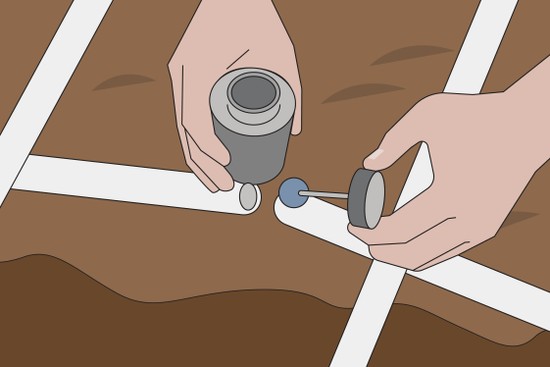Create a high quality invoice now!
Make an Invoice NowAn irrigation service invoice is used to list an account of services applied to a piece of land detailing the amount of each service and how it shall be paid. Use this invoice when applying irrigation services to agricultural land areas (farms), residential and commercial lawns, or any type of land that depends on water to survive.
Table of Contents
What is Irrigation? (Irrigation Definition)
Irrigation is the process of giving life to land that cannot support itself on its own. Its most common use case is for farming to help grow crops, especially in areas where there is too much sunlight and not enough rainfall. But it’s also used to help properties (houses, buildings, sporting fields) maintain a naturally beautiful look which is typically done by installing sprinkler systems that automatically release water when needed. The two most popular irrigation systems types are as follows:
- Sprinkler Irrigation – A system that replicates the falling of natural rainwater. The desired land is fed by using a water pump, pipes, laterals and sprinklers to cover the intended area. This system is a good choice for almost any type of land area except those with delicate crops, as the falling rainwater can cause damage.
- Drip Irrigation – Mostly used beneath the earth’s surface to provide water directly to a crop’s root. This method helps save water from evaporating. The initial cost to install is more expensive but its application is more precise and can save money in the long run with less water waste.
How to Install an Irrigation System
The below guide is to give you a general idea of what it’ll take to install an irrigation system. From it, you can decide whether to do the job yourself or hire a certified professional.
Step 1 – Check Local Codes
You need to inspect the area below the ground before cutting into the service line and ordering parts. When hiring a landscaping company, they should know that this must be done in the initial starting phase. This will ensure that all buried cables, pipes, and gas lines are located to prevent any dangers.
Step 2 – Use a Trencher
In order to install the necessary pipes, you’ll need to buy or rent a trenching machine from your local rental equipment dealer. This is much easier and more precise than digging with a shovel. Use mini flags to pinpoint sprinkler locations and use spray paint to mark the trenching lines. Tenches should be 8 to 12 inches deep.
Step 3 – Install Pipes
Depending on local codes, a specific type of pipe may only be allowed, but most of the time it can be done with PVC pipe and connecting to the main water meter located on the property. You’ll need PVC pipe cutters and compression connectors to attach the various pipes together. Lastly, you’ll need a primer and glue to connect the fittings together.
Irrigation Service Salary & Hourly Pay ($/hr)
- Salary: $29,00
- Hourly Rate: $14.88
(Source: Bureau of Labor Statistics)


